Home » Gear Reviews » Hiking & Camping » Sleeping Bags » Winter Sleeping Bags (0-14F) » The North Face Guide 0 Sleeping Bag
The North Face Guide 0 Sleeping Bag Review
May 9, 2019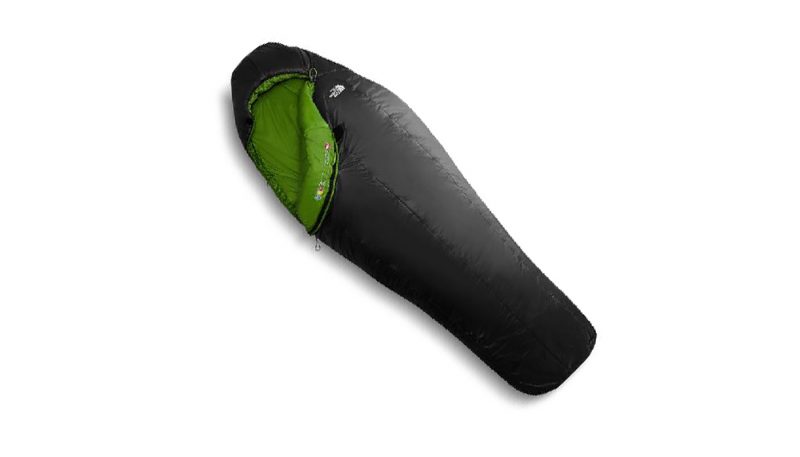
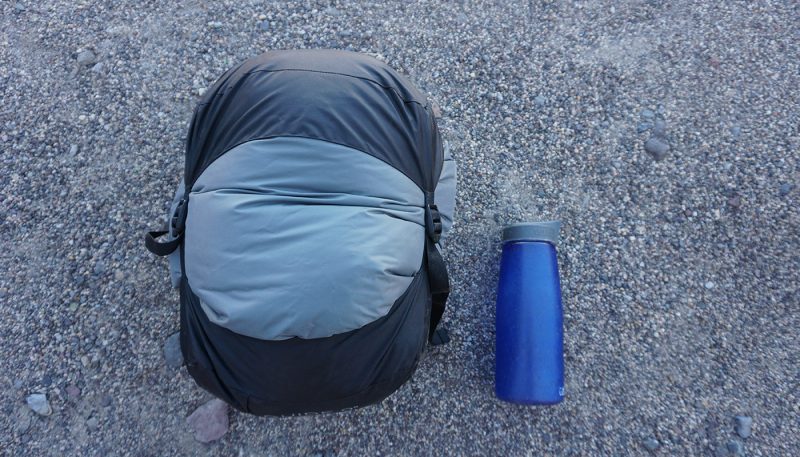
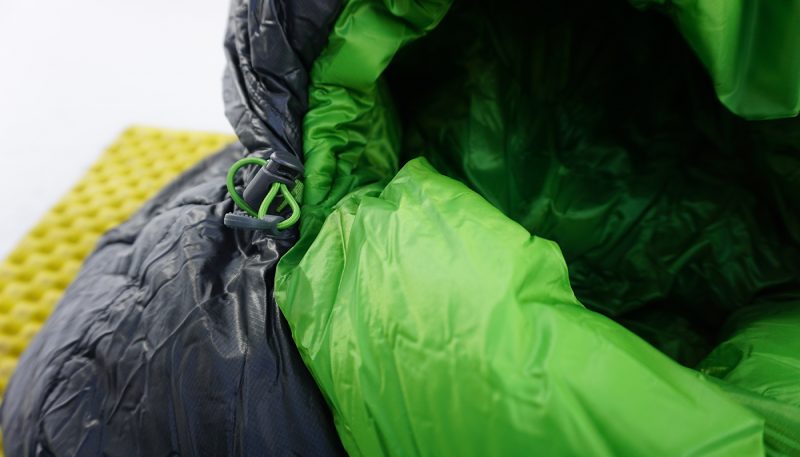















 78
78 The Good
- Included compression sack
- Soft, comfortable feel
- Clever stash pocket
- Water resistant insulation
- affordable
The Bad
- On the heavy side
- Not very compressible
- Narrow fit is tight for broad shouldered people
The North Face Guide 0 is a durable synthetic winter sleeping bag in a classic mummy shape. It is available in Short, Regular, and Long lengths as well as right- or left-hand zipper options.
Warmth
With an EN comfort rating of 17ºF and a limit rating of 3ºF, we found the Guide to be the warmest of the three synthetic winter sleeping bags we tested. The Guide is EN rated while the other synthetic models, the Marmot Trestles Elite and the Backcountry Montana, are not. When compared to the two down bags in this test with EN ratings, it is roughly the same: the Therm-a-Rest Questar is 0 Limit/14F Comfort and the Sierra Designs Nitro is 2ºF Limit/15ºF Comfort.
This bag is filled with Heatseeker Guide insulation, powered by Thermolite. The North Face describes it as “a blend of cut-staple and continuous-filament insulation.” It is wrapped on the bag in vertical baffles, which is called Cyclone construction. While most down bags have horizontal baffles to prevent down from shifting too far up or down, the vertical baffles on this bag feel sleek and comfortable, and since the insulation is composed of continuous sheets, it cannot shift around like down can.
The Guide has a narrow cut and fit. This shape is efficient for preserving body heat but may be uncomfortable or may not fit over broad-shouldered people. One of our tall male testers tried out this bag at home before bringing it with him on a trip and ended up passing it up for the Marmot Trestles Elite, which fit him better. For smaller people, the shape of this bag makes it feel especially warm with no drafts or cold spots.
Weight
With a verified weight of three pounds 11.6 ounces, the Guide is not a particularly lightweight product for carrying into the backcountry. It is lighter than the other two synthetic models, so if you plan to be camping in a winter storm and want the assurance of synthetic insulation, this would be the model to take with you. Otherwise, for the weight-conscious traveler, we would recommend something lighter like the 2 lbs, 8 oz Sierra Designs Nitro.
Water Resistance
Because the Guide features synthetic insulation, it is more water resistant than any of the down bags in this test. Unlike down, synthetic insulation can maintain its loft, and therefore its insulating properties, even when wet. This gives the user assurance that they will not be shivering underneath a useless patch of nylon in a downpour. Of course, no sleeping bag is actually going to be comfortable when soaking wet, but synthetic insulation is less cause for worry.
Compressibility
As a winter sleeping bag with synthetic insulation, the Guide does not pack down very small. It has a lot of insulation to make it as warm as it is, and all of this insulation is less packable than any type of down. The bright side: it comes with an included compression sack. The downside: it is still roughly the size of a watermelon when compressed. Luckily, it doesn’t weigh nearly that much. Unfortunately, it can take up most of the space in a backpack, so we don’t recommend it for most human-powered trips. However, for car camping, van life, or for plane or heli aided trips, the packed size is inconsequential.
Features
The guide has the standard warmth features required of a winter sleeping bag: a draft tube along with the interior of the zipper, a hood with a pull cord, and a draft collar to keep heat in around the neck. We love the way the hood and draft collar pair together to keep body heat inside the bag. The guide also has an interior stash pocket where a phone battery can be kept warm, a contact case can be kept from freezing, and chapstick or headlamp can be kept handy. We like being able to keep a couple of personal items within easy reach when camping in cold weather. Finally, the Guide features an anatomical vaulted footbox, providing plenty of space for the feet to rest naturally.
Durability
The synthetic insulation, besides increasing water resistance, also increases short term durability. It is far less vulnerable to rips in the shell or lining material because the continuous filament insulation will not spill out like individual down feathers. This makes the overall product less fragile. The shell material is 15-denier nylon, which is standard for a lightweight product. The interior of the zipper is lined on both sides with a stiff tape to reduce snags, making it easy to use as well as more robust.










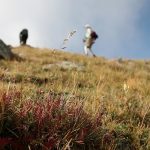
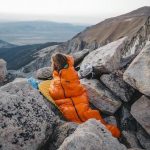
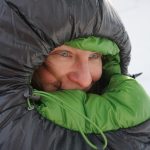


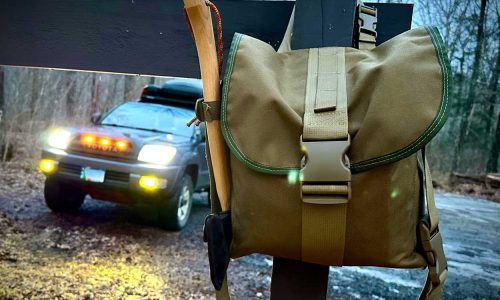
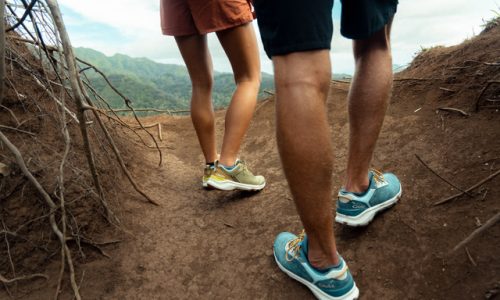

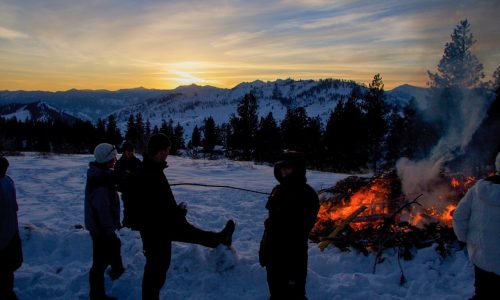
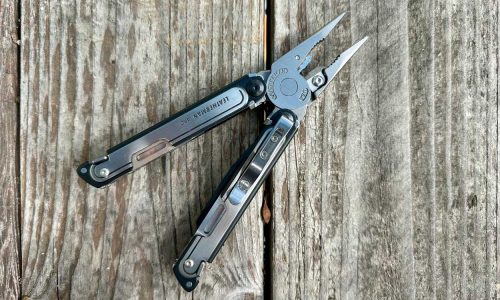
No reviews have been posted for this product.
Use this gear?
Join Gear Nation and leave a review!
Create an Account